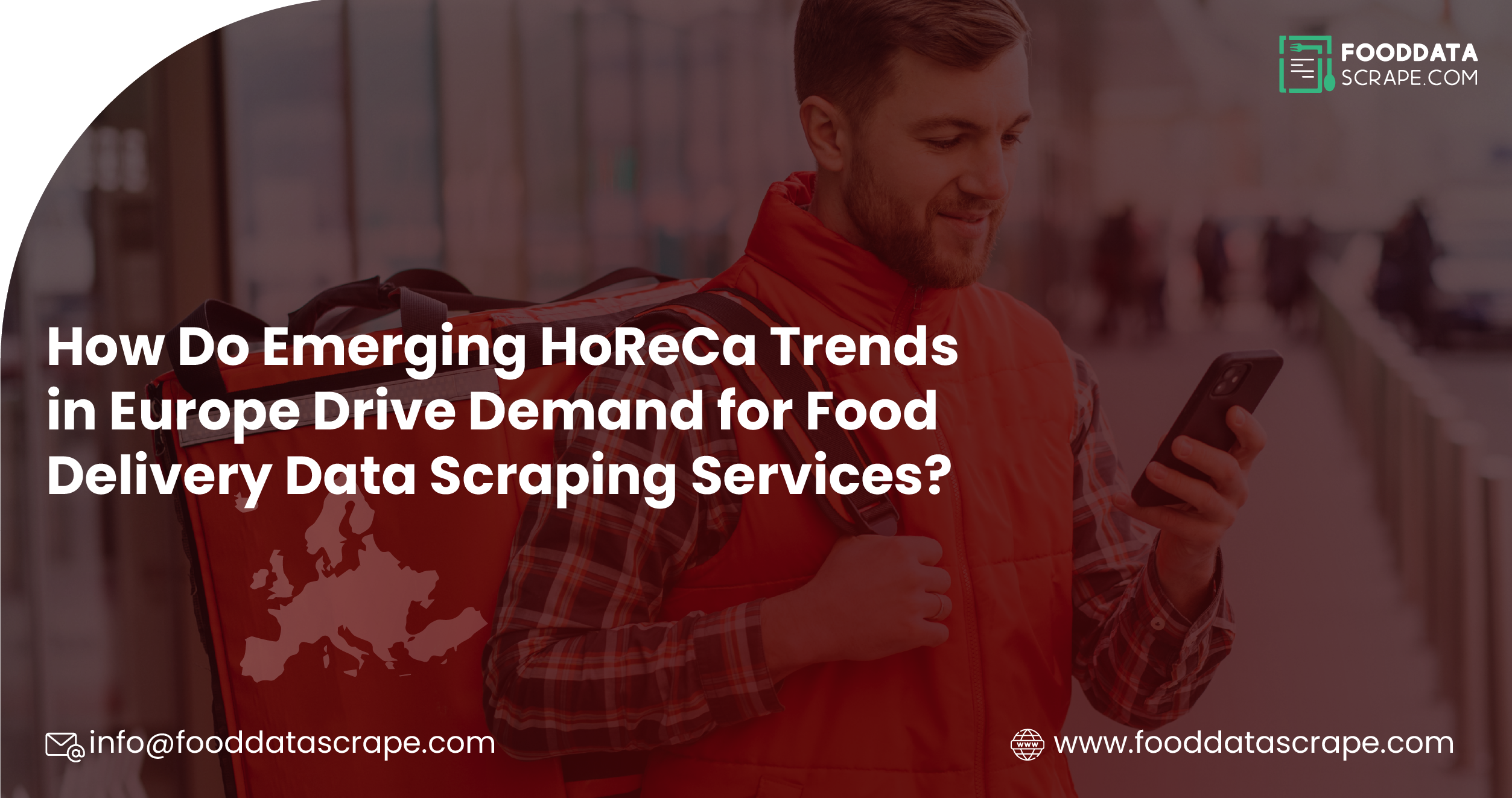One of the most significant factors in the hospitality, restaurant, and catering (HoReCa) sector across Europe today is evolving consumer preferences and expectations. In this regard, customer demands force the industry to evolve to stay competitive and relevant. According to Datassential's solidly comprehensive Major Trends in Away-From-Home report, which has surveyed around 500 consumers across six major European markets—Belgium, France, Germany, Spain, the Netherlands, and the United Kingdom—new usage patterns are emerging in foodservice and additional customer occasions. Insights published here herald the future of the HoReCa industry and hint at the innovations that might change the landscape soon.
One primary trend pushing changes in the HoReCa sector is dependence on food delivery services. Increasing consumer choices for ease and fast service creates demand for quicker and faster food delivery options. With that trend surging ahead, businesses have to pay more attention to making their delivery processes streamlined, and for that reason, such requirements make Food Delivery Data Scraping Services a need to remain ahead of the curve. These services enable business concerns to collect valuable information related to the preference of customers, time for delivery, and competing offers, which help the business concern make informed decisions to regulate the services provided.
Key Drivers of Foodservice Usage and Innovations in the HoReCa Sector
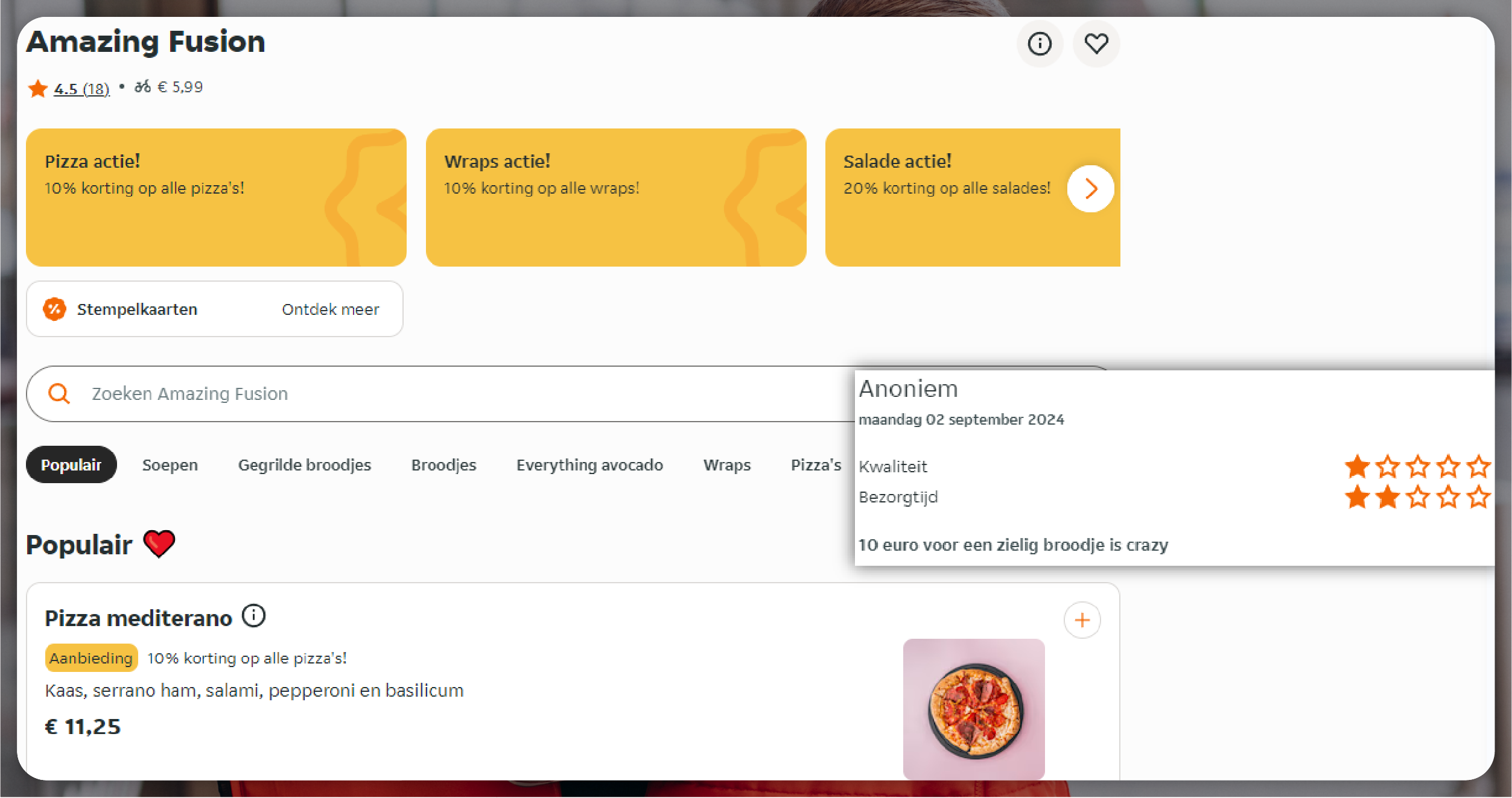
Understanding the significant drivers of food service usage is highly relevant to the future of the HoReCa sector. Convenience, healthy choices, and sustainability are factors that most influence consumer behavior related to food services. As more and more customers choose wholesome and sustainable dining practices, restaurants and cafes must change their menu items and operational strategies to reflect the evolving demands. Restaurant Menu Data Scraping is a critical basis for monitoring and analyzing the menus of their competitors and those preferred by customers, enabling a business to understand what to sell. A business will be better placed to ensure that what it sells will be trending within the ingredients used, meal options, and others.
However, the pace at which technological innovations make the dining experience an application has accelerated this call much faster. Businesses in the HoReCa sector may discover customers' preferences, track their prices, and alter their service through Web Scraping Food Delivery Data. Such data is precious, especially for any predictive aspect related to customer behavior in the future. Companies can, therefore, alter what they offer and help meet those customers' demands.
As digitalization continues to shape the face of the HoReCa business, businesses must be prepared with web scraping, data analysis, and other tools that help them maintain a competitive edge. They will acquire knowledge of customers' preferences and the prevailing market trends, which will help them streamline their operations and remain atop an ever- changing European HoReCa landscape.
Convenience as a Driving Force in the European HoReCa Sector
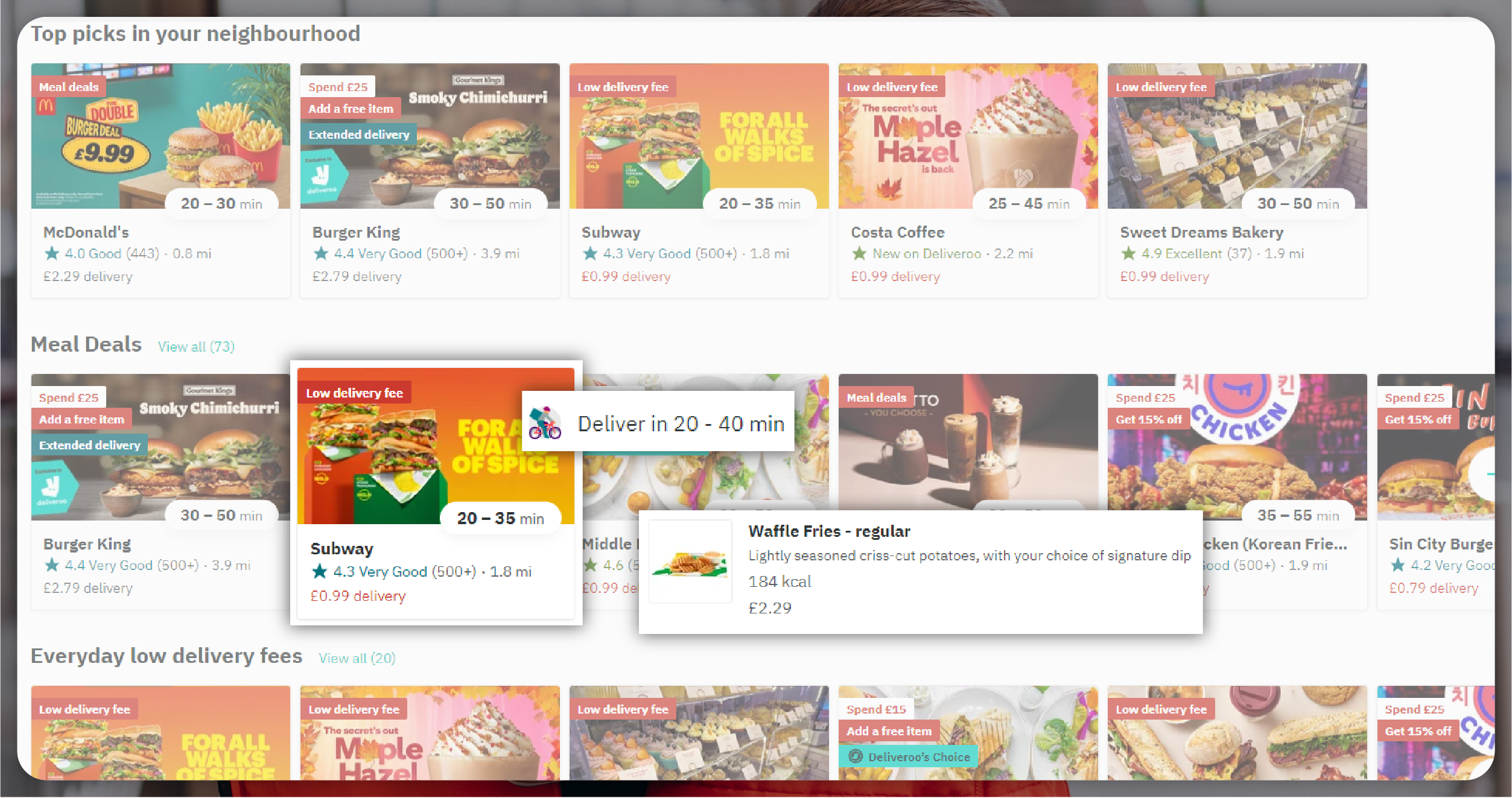
For decades, convenience has become crucial in consumer decisions across Europe's food industry. People always seek easy and quick dining experiences in the frantic, fast-paced environment of modern times. For all these years, outlets for fast food have reacted to the demand, offering speed, accessibility, and consistency to become integral to the hospitality sector.
It remains one of the leading options for dinner on weeknights in large markets such as the UK and Germany. Fast-casual and quick-service restaurants account for a significant portion of the food service sector, 70% in the UK and 49% in Germany. The COVID-19 pandemic further fueled demand for dining convenience, particularly from food delivery services, which is now easing its restrictions. It is becoming increasingly important to businesses, mainly when the convenience of having meals delivered straight to consumers' homes is highly in demand.
The popularity of Food Delivery Scraping API Services is also reflected when analyzing the nature of meals ordered across various European countries. Pizza, for instance, is a favorite delivery choice in Spain and Germany, as 74% and 77% of consumers prefer this Italian classic, respectively. Burgers are the items most ordered for delivery in the UK and France. Asian food is also trendy in the UK and in the Netherlands. Surprisingly, another frequently delivered item is French fries, although interestingly, mainly in Belgium, France, and the Netherlands.
Balancing Value and Experience in Dining Habits
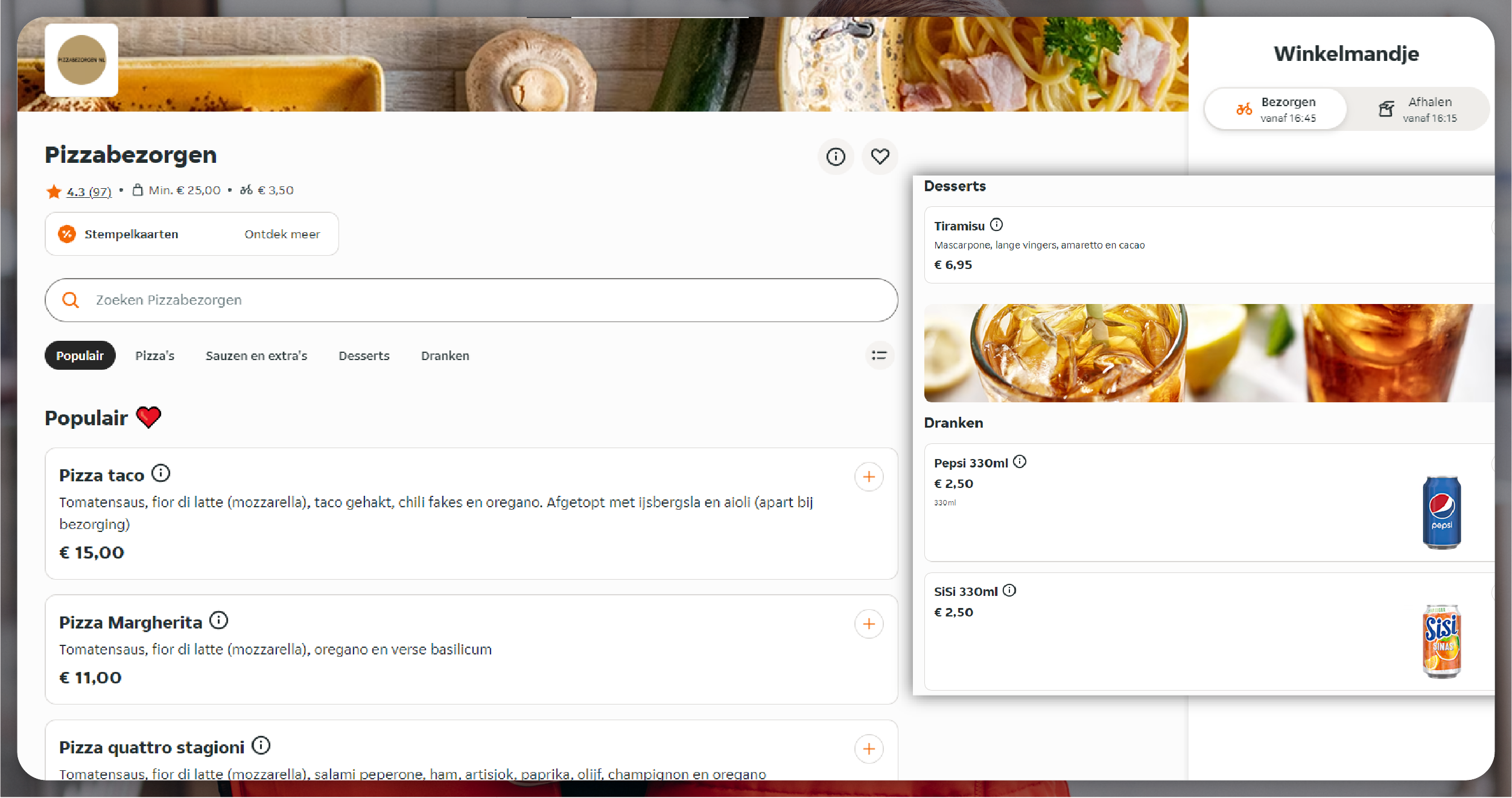
Differences in dining behaviors across Europe are fascinating cultural differences. Indeed, French and British consumers prefer a two-course meal. They take the main course and dessert or vice versa, taking the dessert and the starter. Spanish consumers want a full meal, which means they want to include a starter, main course, and dessert. The standard practice when dining out is having an aperitif before the meal. For example, in Spain, 56% of consumers are steered by the availability of the menu to opt for a restaurant. In comparison, 55% are priced into a decision towards a restaurant. Thus, food price dashboards have become imperative tools that restaurants utilize to monitor changes in pricing strategies and derive better returns on investments.
Indeed, while à la carte is the preferred choice of diners at a sit-down restaurant in Belgium, Germany, and the Netherlands, 79% of German diners order individual dishes. In fact, for more than two-thirds of Germans, menu variety is significant when deciding what to eat. Restaurant owners can benefit from Restaurant Data Intelligence Services that can help analyze a consumer's preferences and guide them in menu development.
Generally, value perception is important throughout Europe when discovering new restaurants. Word-of-mouth is still one of the best ways for restaurants to attract new customers, while in Germany, ambiance is a vital factor. Business operators must have Food Delivery Intelligence Services to understand and respond to these shifting customer preferences if they are going to stay competitive.
The Shift Towards Healthier Beverage Choices
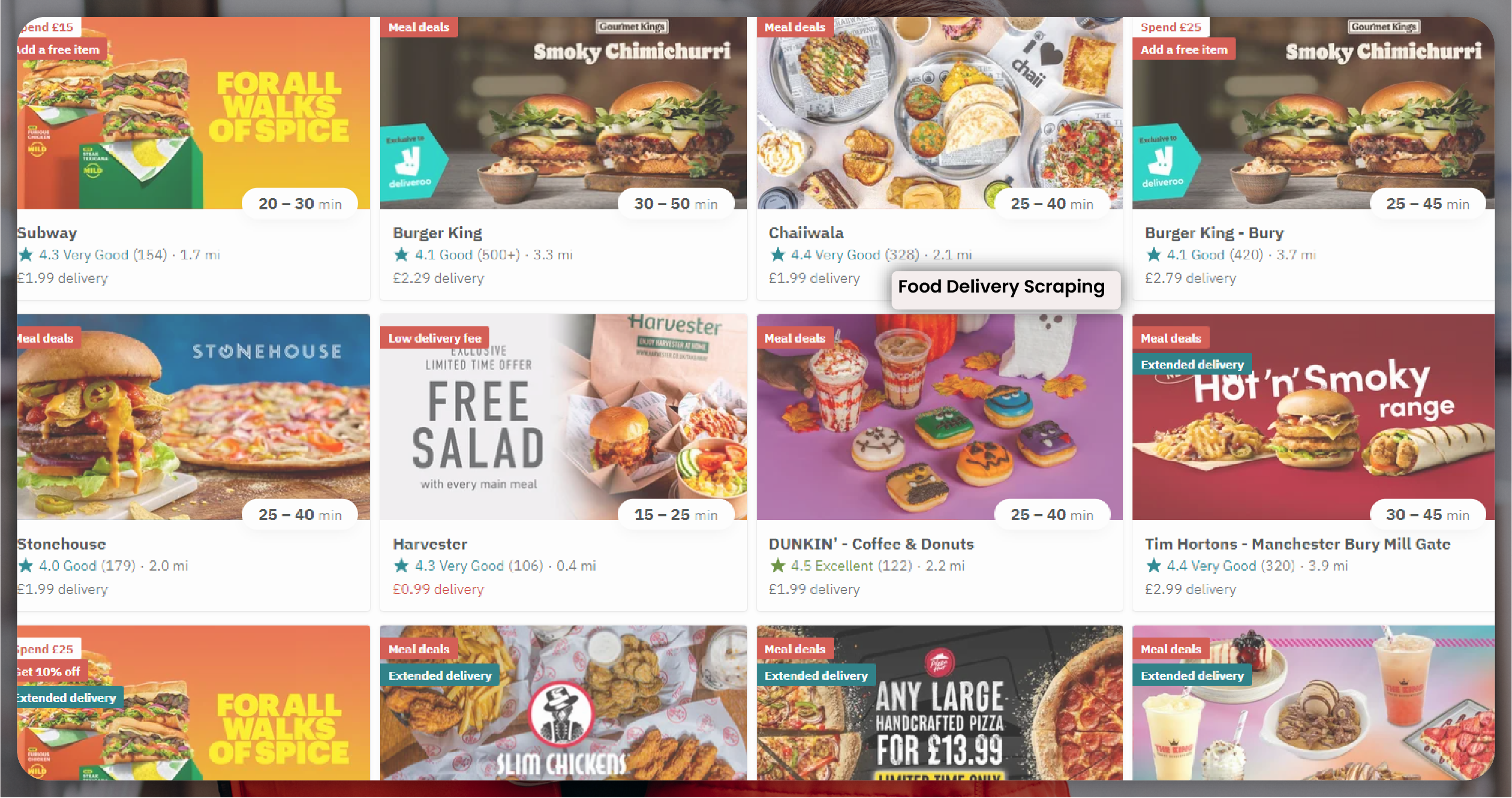
Consumers in Europe, who are very aware of their sugar intake, have guided the beverage industry towards healthier choices over the last few years. As a result, low-calorie, zero- calorie, and plant-based drinks are highly sought after. Because close to a quarter of consumers are opting for plant-based drinks, these are hoped to take high market shares in Spain, France, and Germany. Functional drinks, including kombucha and cold-pressed juices, are growing as they are considered healthy options.
Interestingly, there are differences in soda consumption in the European region. The popularity remains high in the UK, especially in fast food, convenience shops, and delivery services. However, in France, Spain, Belgium, and Germany, the brands lead the choice of beverages among consumers. Nevertheless, British consumers base their choice on value for money, while the Dutch base their choice on the format of the drink.
As health-conscious behaviors rise, manufacturers are required to navigate different consumer preferences cautiously. Companies that provide healthier alternatives and simultaneously meet regional demands will succeed in this dynamic market. Another way businesses can stay ahead of these trends is by using Food Delivery Scraping API Services. These services can monitor behavior and consumer preferences across markets.
This will only happen if the European HoReCa industry continues to evolve and grow. Now caught up with changing consumer behavior, it is always prepared to adopt something new. Brands designed for technological shifting will be well-positioned to exploit this commercially charged landscape.
Conclusion:
There is a massive demand for Food Delivery Data Scraping Services across Europe due to changes in European HoReCa trends or tendencies towards convenience, sustainability, and healthier dining options. Businesses should be responsive to rapid changes in trends in consumer preference. Top data scraping tools will help restaurants and catering services monitor market trends and increase menu offerings. Hence, strategic price change adjustments are made. Gathering real-time data related to customers' preferences, delivery patterns, and competitor activity will improve operational efficiency and enable companies to deliver a better customer experience. Data-driven solid approaches will be pivotal for long-term success.
If you are seeking for a reliable data scraping services, Food Data Scrape is at your service. We hold prominence in Food Data Aggregator and mobile restaurant application scraping with impeccable data analysis for strategic decision-making. Holding a strong legacy of excellence as our backbone, we deliver reliable and data- driven results. Rely on us for your scraping needs.

















































































